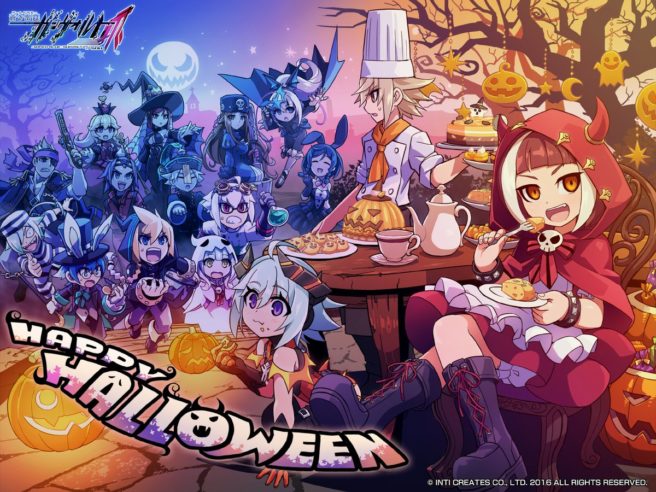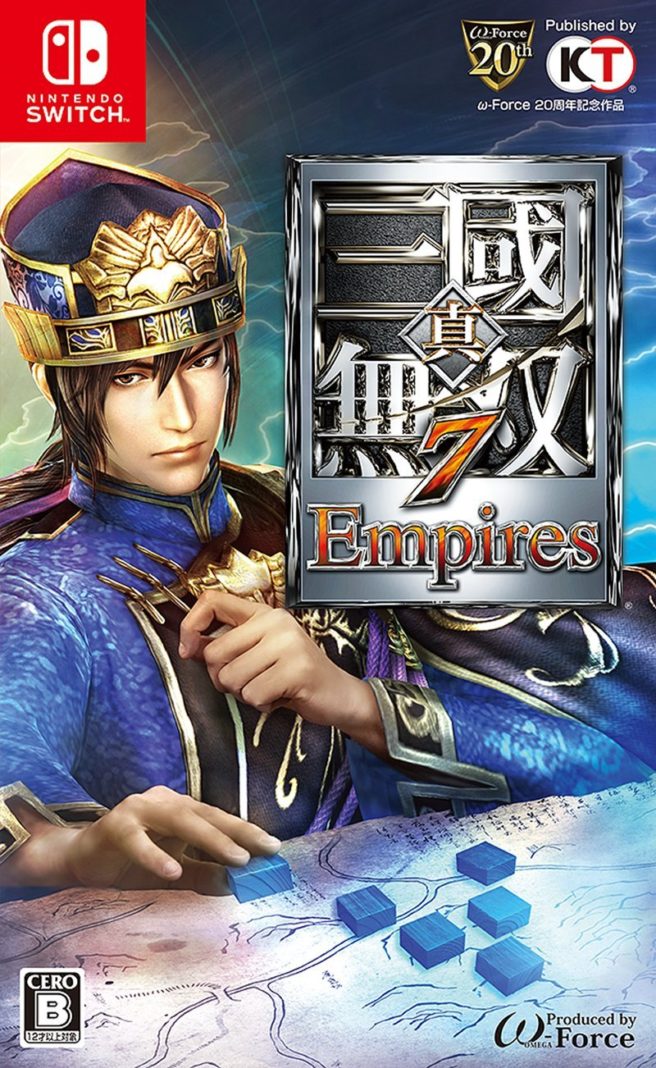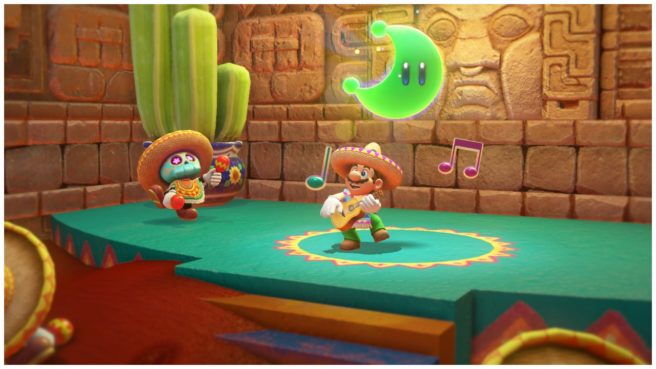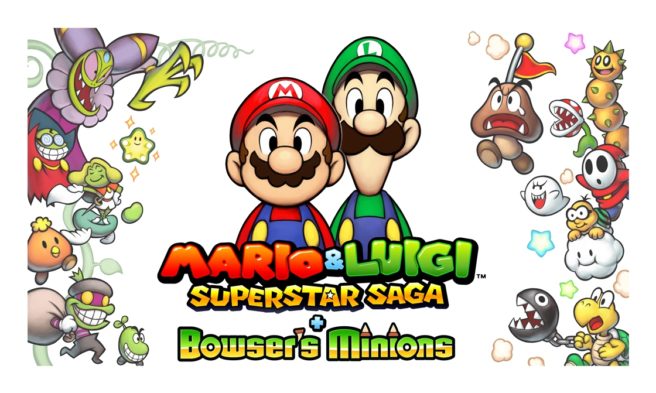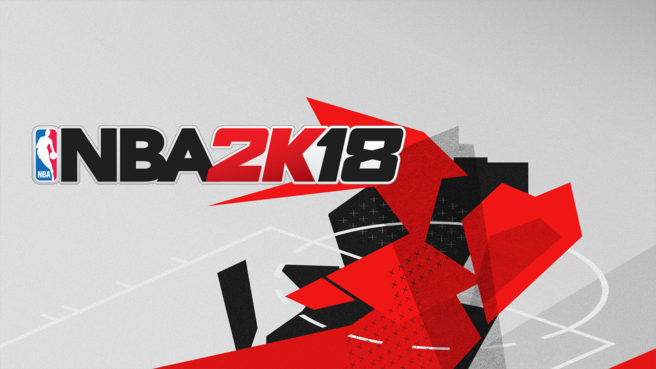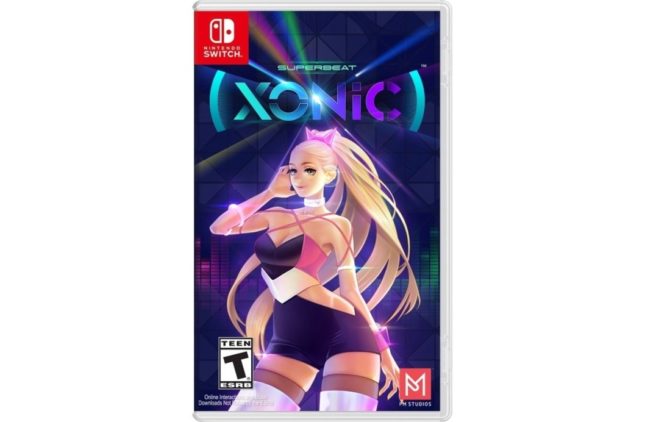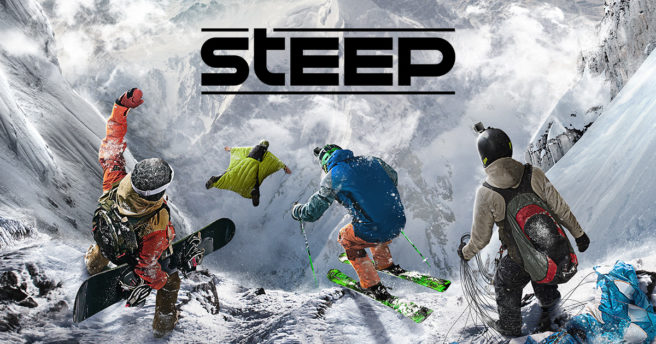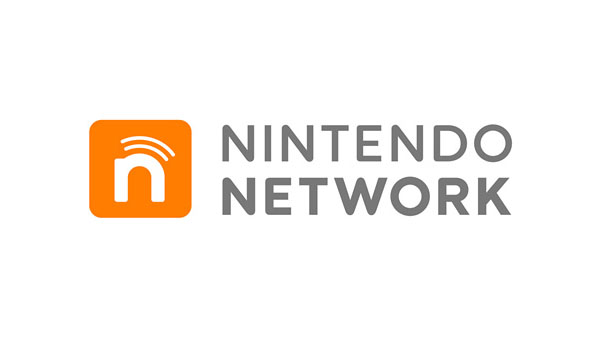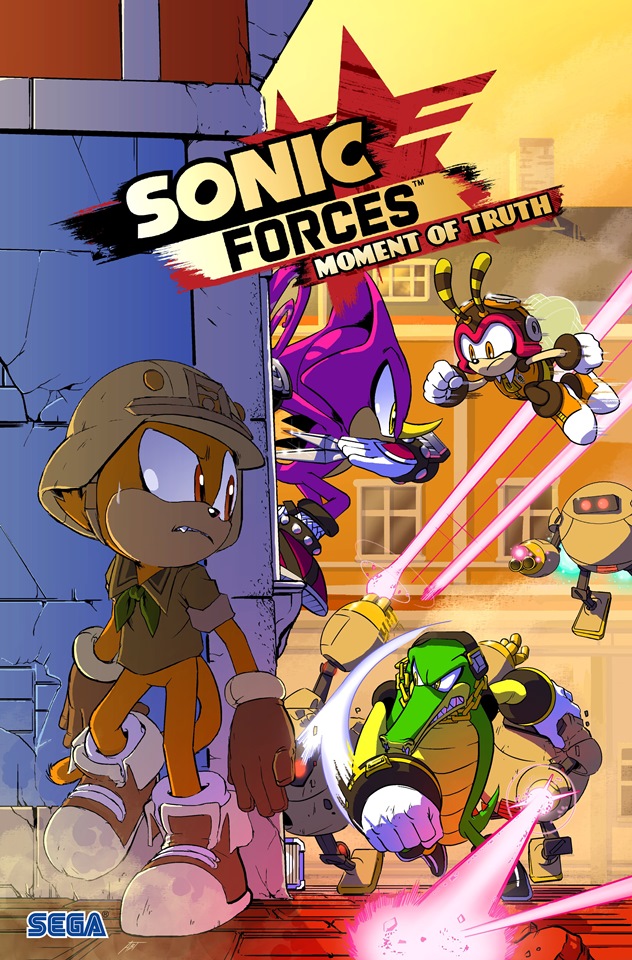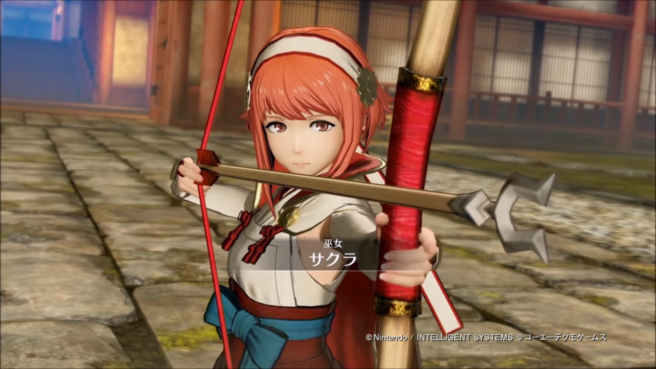Gunvolt Halloween wallpapers
Posted on 8 years ago by Nick in 3DS, News, Switch | 3 Comments
Inti Creates has put out a couple of Gunvolt wallpapers to celebrate Halloween, you can see both of them in the tweet below.
【告知】#ガンヴォルト人気投票ハロウィン を開催です\(^-^)/10/14(土)23:59までにガンヴォルトに登場するキャラ名(お一人様1回1キャラのみ)と、このタグを含んだツイートをお願いします!上位6人がハロウィン壁紙に登場!※集計は@IntiCreatesEN、FBと合算 pic.twitter.com/aY2WtIkTSH
— INTI CREATES Official (@GunvoltOfficial) October 13, 2017
Four trailers for the three Warriors series games
Posted on 8 years ago by Nick in Switch, Videos | 2 Comments
Koei Tecmo just uploaded three videos each showing of gameplay of a Warriors game coming to the Switch as well as an overview trailer for all three, you can see all three below.
More: Dynasty Warriors, Koei Tecmo
Half an hour of Super Mario Odyssey footage
Posted on 8 years ago by Nick in Switch, Videos | 0 comments
Nintendo has uploaded a video on their Japanese channel showing off half an hour worth of Super Mario Odyssey footage, you can check it out down below.
More: Super Mario Odyssey
Media Create software sales (10/2/17 – 10/8/17) – Top 50
Posted on 8 years ago by Brian(@NE_Brian) in 3DS, News, Switch | 0 comments
This week’s expanded Japanese software sales are as follows:
01./00. [3DS] Mario & Luigi: Superstar Saga + Bowser’s Minions
02./04. [NSW] Splatoon 2 #
03./07. [NSW] Mario Kart 8 Deluxe
04./02. [PS4] FIFA 18 #
05./01. [PS4] The Legend of Heroes: Trails of Cold Steel III #
06./05. [NSW] Pokken Tournament DX
07./00. [PS4] Dragon’s Dogma: Dark Arisen
08./00. [PS4] Sniper: Ghost Warrior 3
09./03. [NSW] Fire Emblem Warriors #
10./10. [PS4] Winning Eleven 2018
11./11. [NSW] The Legend of Zelda: Breath of the Wild #
12./00. [PSV] Tokyo Clanpool #
13./06. [3DS] Fire Emblem Warriors |New Nintendo 2DS/New Nintendo 3DS| #
14./14. [NSW] Monster Hunter Double Cross: Nintendo Switch Ver. #
15./08. [NSW] FIFA 18
16./16. [3DS] Dragon Quest XI: Echoes of an Elusive Age #
17./19. [NSW] Dragon Ball: Xenoverse 2 for Nintendo Switch
18./17. [3DS] The Snack World: TreJarers
19./22. [NSW] Arms
20./12. [PS4] Destiny 2
More: charts, Japan, Media Create, sales
NBA 2K18 version 1.04 coming soon to Switch, patch notes
Posted on 8 years ago by Brian(@NE_Brian) in News, Switch | 11 Comments
2K Sports and Visual Concepts have wrapped up another big patch notes. It hasn’t been deployed on Switch just yet, but it should be arriving very soon.
We’ll let you know when the update is live. For now, read the full patch notes below.
More: 2K Sports, NBA 2K18, title update, Visual Concepts
Superbeat: Xonic has a new release date on Switch
Posted on 8 years ago by Brian(@NE_Brian) in News, Switch | 7 Comments
PM Studios and Acttil have set a new, final release date for Superbeat: Xonic on Switch.
In North America, the title will be out physically and digitally on November 21. The European release is set for November 30 on the eShop and December 8 physically.
More: Acttil, PM Studios, Superbeat: Xonic
Steep director again says the Switch version is still happening
Posted on 8 years ago by Brian(@NE_Brian) in News, Switch | 7 Comments
Ubisoft hasn’t said much about the Switch version of Steep since it was announced for the console back in January. Even with the silence, we apparently shouldn’t be too concerned, as it’s said to still be happening.
Nerd Report interviewed Steep director Arnaud Ragot in preparation of a new expansion releasing on other platforms soon. The publication also managed to ask a question about the Switch edition. Ragot said that it’s “still planned, still something we have in our mind.” The current focus is that expansion, though.
IGN France reported in June that Ubisoft was having some trouble getting Steep to run properly on Switch. But development was apparently ongoing at the time, and Nintendo was even lending its assistance.
More: Arnaud Ragot, interview, Steep, Ubisoft
Switch / Wii U / 3DS maintenance scheduled for tonight / tomorrow
Posted on 8 years ago by Brian(@NE_Brian) in 3DS, News, Switch, Wii U | 1 Comment
Nintendo has updated its maintenance schedule once again. Tonight / tomorrow, Switch, Wii U, and 3DS will be impacted. Online play may be unavailable during the maintenance window.
The schedule is as follows:
– 5:50 PM PT (October 12) – 9 PM PT (October 12)
– 8:50 PM ET (October 12) – 12 AM ET (October 13)
– 1:50 AM in the UK (October 13) – 5 AM in the UK (October 13)
– 2:50 AM in Europe (October 13) – 6 AM in Europe (October 13)
More: maintenance
New Sonic Forces digital comic series debuts today
Posted on 8 years ago by Brian(@NE_Brian) in News, Switch | 3 Comments
In celebration of Sonic Forces’ launch next month, SEGA has created a new Sonic the Hedgehog digital comic series based on the game. The story is from Sonic Team with a script by veteran Sonic writer Ian Flynn.
Four parts will be published in total. The first chapter, titled “Moment of Truth”, features Sonic Forces’ Custom Hero Character and the Chaotix as they prepare for battle against Dr. Eggman’s sinister robot army. You can read it here.
The next chapter in the series will be unveiled later this month.
Source: SEGA PR
More: SEGA, Sonic Forces
Fire Emblem Warriors – English History Mode footage
Posted on 8 years ago by Brian(@NE_Brian) in New Nintendo 3DS, Switch, Videos | 6 Comments
Some new footage has come in from the English build of Fire Emblem Warriors showing the game’s History Mode. See the video below.
